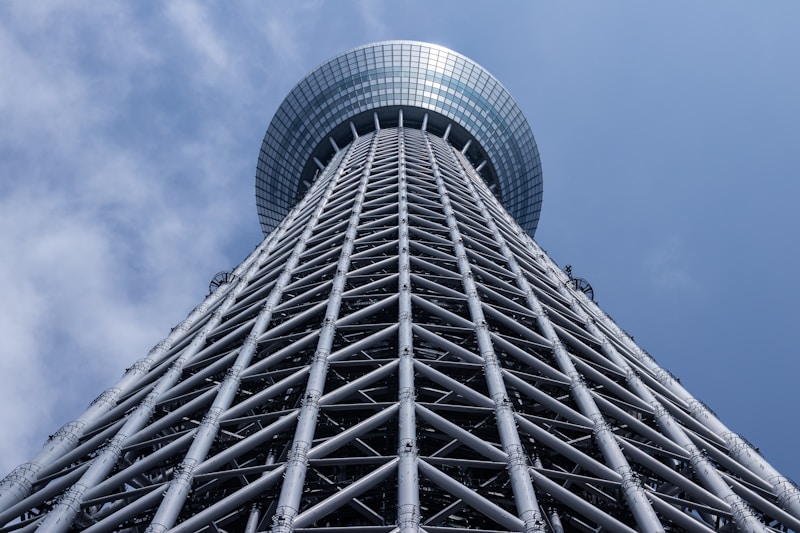12 Questions
What is the function of the plasma membrane in a cell?
Regulating interactions between cells
Which organelle is responsible for posttranslational modification and sorting of proteins?
Golgi apparatus
What is the function of the nucleus in a cell?
Contains DNA as the genetic blueprint
Which cell component is involved in protein synthesis and lipid production?
Endoplasmic reticulum (ER)
What is the main function of cytoplasm in a cell?
Facilitating nutrient transport and energy production
Which organelle is involved with maintaining homeostasis within the cell?
Plasma membrane
What is the function of lysosomes in a cell?
Managing waste disposal by breaking down unwanted materials
Which organelle is often referred to as the powerhouse of the cell?
Mitochondria
What is the function of centrosomes in a cell?
Organizing microtubules for cell movement
Which type of cells lack nuclei and some organelles found in eukaryotic cells?
Prokaryotes
What is the main purpose of meiosis in cell division?
Results in four haploid gametes containing half the original number of chromosomes
Which organelle is responsible for translating proteins according to genetic information?
Ribosomes
Study Notes
Cellular Basics
Cells form the foundation of all living things, from single-celled microorganisms like bacteria to multicellular beings such as humans. Understanding cells — their structures, functions, types, and behavior during division — is essential to grasping life's complexity. In this exploratory journey through cell biology, we will focus on these key aspects:
Cell Structure
At its core, every cell has a basic set of components required to carry out fundamental processes. These components include:
- Plasma membrane: A selectively permeable barrier separating the cell's interior from its external environment. It plays a critical role in maintaining homeostasis within and regulating interactions between cells.
- Cytoplasm: An internal fluid containing various organic molecules, proteins, and organelles. It provides structural support while facilitating nutrient transport and energy production.
- Nucleus: Enclosed by the nuclear envelope, this organelle contains DNA which serves as the blueprint for building new cellular material.
- Endoplasmic reticulum (ER): A network of interconnected tubules and sacs involved with protein synthesis and lipid production.
- Golgi apparatus: Consisting primarily of flattened, membranous vesicles responsible for posttranslational modification and sorting of proteins before they leave the cell via exocytosis.
- Mitochondria: Often referred to as the powerhouse of the cell because it generates most of our energy in the form of ATP through aerobic respiration.
- Lysosomes: Containing hydrolytic enzymes, these membrane-bound vesicles manage waste disposal by breaking down unwanted materials inside the cell.
- Centrosome: Helps organize the formation of microtubules used in cell movement and assembly of the mitotic spindle during cell division.
- Ribosomes: Small, spherical complexes where proteins are translated according to genetic information carried by messenger RNA (mRNA).
Cell Function
To fulfill their roles, cells perform several important tasks including:
- Metabolism
- Signal transduction
- Transport across the plasma membrane
- Secretion
- Endocytosis
- Replication and repair of cellular components
- Regulation of gene expression
- Responding to changes in their environment
These activities enable cells to survive, grow, reproduce, and maintain balance both internally and externally.
Cell Types
Life forms exhibit diverse collections of specialized cells reflective of their unique characteristics and needs. Some common examples include:
- Prokaryotes: Bacteria and archaea lacking nuclei and some other organelles found in eukaryotic cells.
- Eukaryotes: Multiple cell types, each tailored for specific purposes such as muscle cells, neurons, and liver cells.
- Stem cells: Unspecialized cells capable of self-renewal and differentiation into numerous specialized cell types.
Cell Division
When cells divide, they produce two genetically identical progeny possessing a complete complement of chromosomes. There are two main mechanisms of cell division:
- Mitosis: Produces two daughter cells having the same number of chromosomes as the parent
- Meiosis: Results in four haploid gametes containing half the original number of chromosomes
Each type of cell division contributes to organism reproduction and growth according to its context within biological systems.
Understanding cells and how they operate provides insight into the inner workings of life itself and serves as a solid foundation for exploring more advanced concepts in biology.
Explore the fundamental aspects of cell biology including cell structure, functions, types, and behavior during division. Test your knowledge on components like plasma membrane, nucleus, mitochondria, cell division mechanisms like mitosis and meiosis, and cell functions like metabolism and gene regulation.
Make Your Own Quizzes and Flashcards
Convert your notes into interactive study material.




